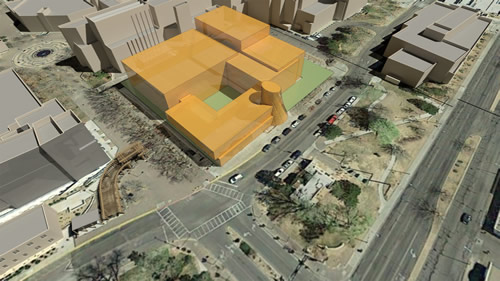University of New Mexico Starts Construction on Science Center
The University of New Mexico (UNM), in Albuquerque, recently celebrated the start of construction on the university’s new Physics & Astronomy Interdisciplinary Science Center (PAIS Center). The aim of the new science facility is to create a flexible, collaboration-focused space on campus for all types of science education.

The new facility will feature offices, labs, and special spaces that are strategically placed to maximize construction and energy efficiency. There will also be a light-filled entry space, a courtyard, and a lounge area for occupants. At 137,200 square feet, the PAIS Center will also be the largest building on the campus of UNM.
The PAIS Center project is being helmed by VHGArchitects with EYP of Boston serving as consultants for the building’s laboratory spaces. The PAIS is slated to open in July 2019.